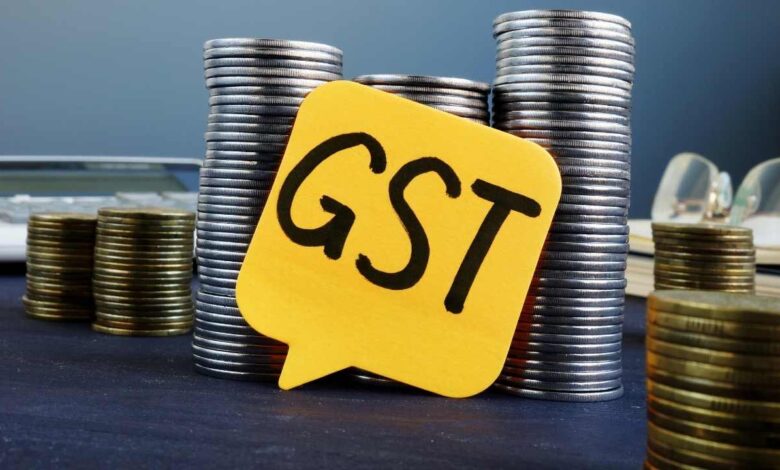5 crores is your turnover, then you will know this rule of GST billing going to be applicable from January 1

A large number of textile traders and diamond traders from Surat will come under this purview.
The Central Board of Indirect Taxes and Excise has conducted yet another experiment to increase the collection of GST and curb tax evasion. Under this, e-invoicing has been made mandatory for traders with a turnover of more than 5 crores from January 1. Till now the e-invoicing law was applicable to traders with turnover more than 10 crores.
Moving towards stopping manual e-way bill
According to the information received from the sources of the GST Department, the GST Department is moving towards completely stopping the manual e-way bill. First, the e-invoicing law came into force for traders with a turnover of more than Rs 500 crore. Which has been gradually increased in a phased manner and now the merchants with more than 10 crore turnover have been included in this scope.
An attempt to increase the collection of GST
The GST Board has made e-invoicing mandatory from January-2023 for those traders whose turnover has exceeded Rs 5 crore at any time from FY 2017-18. A large number of textile traders and diamond traders from Surat will come under this purview as e-invoicing has been made mandatory for traders with a turnover of more than 5 crores. The CA says that the e-invoicing law is being implemented by the government to increase the collection of GST and prevent tax evasion.
This act will prevent tax evasion
Tax advisor Narayan Sharma said that a large number of traders will come under this purview with the government making e-invoicing mandatory from January 1 for traders having turnover above Rs 5 crore. This act will prevent tax evasion and also check cases of wrong ITC claims. With the introduction of e-invoicing law by the government, fraudulent traders will come under control.
(function (d, s, id) {
var js, fjs = d.getElementsByTagName(s)[0];
if (d.getElementById(id))
return;
js = d.createElement(s);
js.id = id;
js.src=”https://connect.facebook.net/en_GB/sdk.js#xfbml=1&version=v3.2″;
fjs.parentNode.insertBefore(js, fjs);
}(document, ‘script’, ‘facebook-jssdk’));






